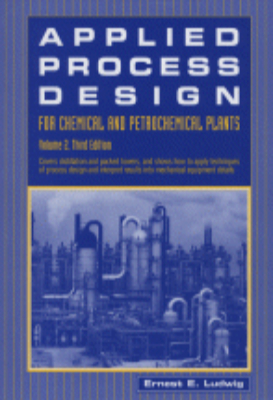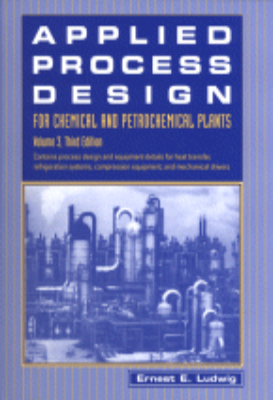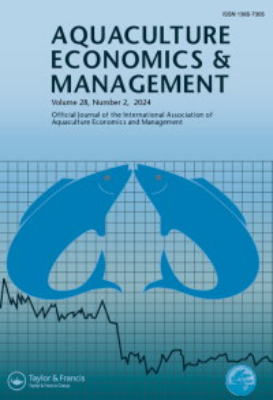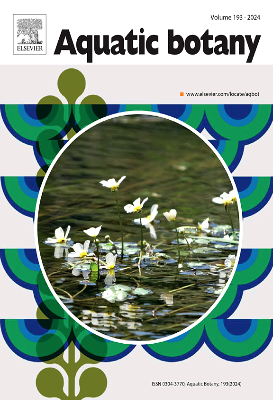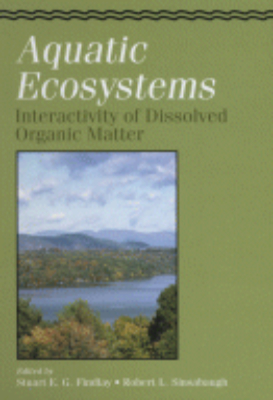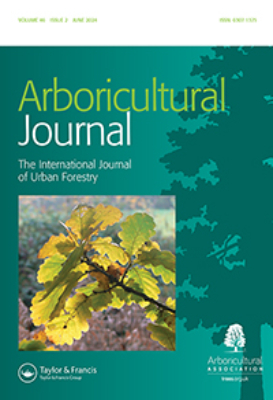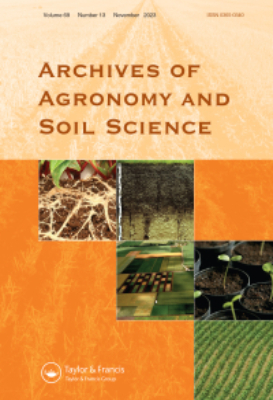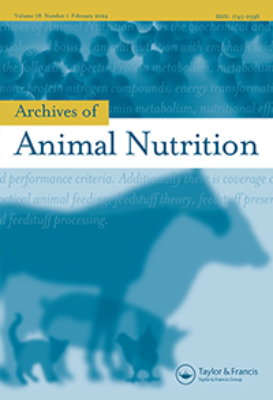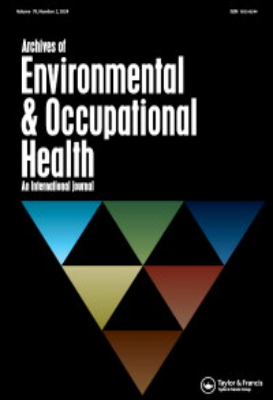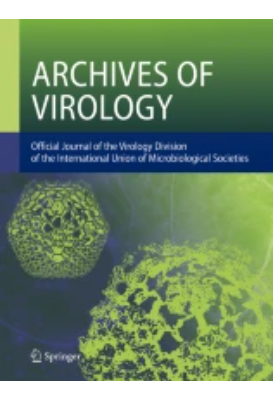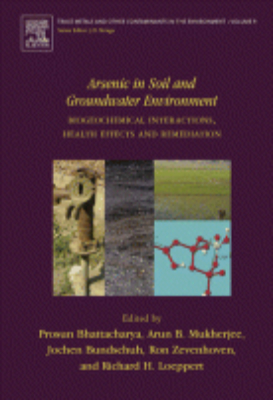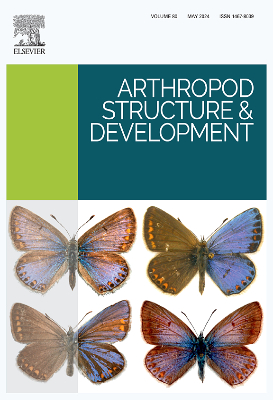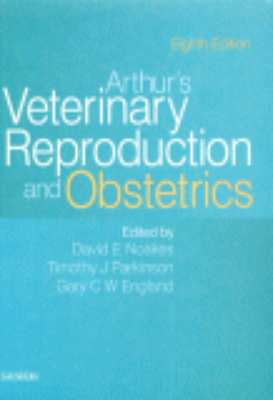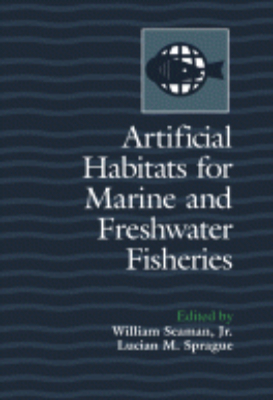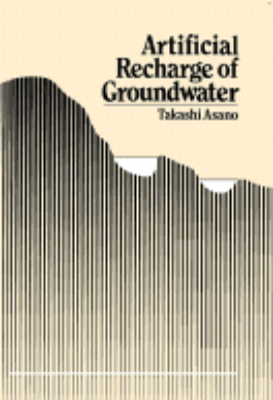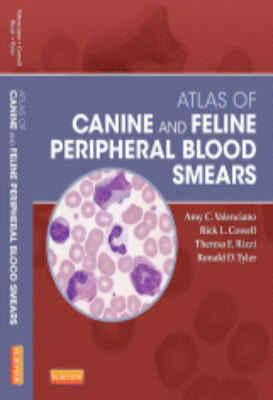E-Resources
Approaches to Research on the Systematics of Fish-Borne Trematodes
"Approaches to Research on the Systematics of Fish-Borne Trematodes is a concise guide for systematic studies of the prevalence of fish-borne trematodes both in the endemic areas and experimental laboratories. It includes methods to identify species of fish-borne trematodes to enhance the precision of research studies based on the metacercarial stage. Misidentification of trematode species is a common occurrence when researchers are new to the field and have no guidance. Consequentially, sometimes publications report inaccurate prevalence rates of these parasites. This compact guide gives clear direction on:. Collection of parasites in the final hosts. Collection of cercaria from snail first intermediate hosts. Collection of metacercaria from fish hosts. Molecular identification of parasites. Systematics of fish-borne trematodes Key Features. Provides research guidelines and protocols for studying systematics of fish-borne trematodes using both morphological and molecular data. Presents keys to enable identification of metacercariae of fish-borne trematodes in the Greater Mekong subregion"
Aquatic Ecosystems
"Aquatic Ecosystems explains the interplay between various movements of matter and energy through ecosystems mediated by Dissolved Organic Matter. This book provides information on how much DOM there is in a particular aquatic ecosystem and where it originates. It explains whether the DOM composition varies from time to time and place to place. It also details how DOM becomes incorporated into microbial food webs, and gives a better, clarifying, understanding to its significance of DOM. Key Features. There are many ways to study DOM and this book focuses on several central questions: How much DOM is there in a particular aquatic ecosytem Where does it come from Does the composition of the DOM vary from time to time and place to palce. How does DOM become incorporated into microbial food webs, which are the basis of plant, invertebrate and vertebrate food webs. How can the answers to these and other questions about DOM be considered together so that a better understanding of the significance of DOM can emerge"
Arthur’s Veterinary Reproduction and Obstetrics
This is the new (8th) edition of the classic text reference covering all aspects of reproduction and obstetrics in all common, and some less common, domestic species. This is the only book to cover the full range of domestic animals and now also includes less common species such as llamas and alpacas. In addition, more common small animal species such as guinea pigs and rabbits, which have not been discussed in previous editions but which are frequently encountered by practicing veterinarians, are included for the first time.
Artificial Habitats for Marine and Freshwater Fisheries
"Artificial habitats have been used for centuries to successfully modify environments for the benefit of Man. In the aquatic environment, the use of artificial habitat technologies is of growing interest worldwide. Opportunities exist in both developed and developing nations to apply these technologies in many areas, including classical scientific investigations of ecosystem structure and function, engineering advances in underwater technology, and fisheries and environmental management. The applications of artificial habitat technologies are taking on ever greater economic, social, and environmental importance globally, not only in developed countries such as Japan where highly sophisticated technologies are used, but also in developing nations, where lower cost practices are in use. There is growing pressure to increase production, while at the same time preserve or enhance the environments and ecosystems surrounding fisheries. This book provides a comprehensive review of the facts, issues, and global trends emerging regarding the use of artificial habitats in aquatic ecosystems. It presents the most recent scientific advances in ecology and engineering technologies related to the building of artificial habitats, and it also presents many of the fisheries management and socioeconomic and environmental issues. Artificial Habitats for Marine and Freshwater Fisheries will be of interest to a broad audience including natural resource scientists, planners, and managers, particularly those interested in aquatic and fisheries science and management; organizations and individuals interested in commercial and recreational fishing; ecologists; environmental economists, engineers, lawyers, and social scientists; and geographers. Key Features. Presents a global scope. Draws together, for the first time, disparate literature. Contains contributions by authors in the United States and Japan. Features engineering chapters that focus on Japanese advanced technology often not available to the English language audience"
Artificial Recharge of Groundwater
Artificial Recharge of Groundwater focuses on artificial recharge of groundwater basins as a means to increase the natural supply of groundwater, along with the technical issues involved. Special emphasis is placed on the use of reclaimed municipal wastewater as a source for artificial recharge of groundwater. This book is comprised of 26 chapters organized into five sections. After reviewing the state of the art of artificial recharge of groundwater, the discussion turns to the fundamental aspects of groundwater recharge, including the role of artificial recharge in groundwater basin management, recharge methods, hydraulics, monitoring, and modeling. The next section considers pretreatment processes for wastewater and renovation of wastewater with rapid-infiltration land treatment systems and describes the health effects of wastewater reuse in groundwater recharge. A number of artificial recharge operations using reclaimed wastewater are then highlighted, focusing on cases in various countries including Israel, Germany, Poland, Japan, the Netherlands, and the United States. The remaining chapters look at the extent of contaminant removal by the soil system and the fate of micropollutants during groundwater recharge as well as the legal and economic aspects of groundwater recharge. Research needs for groundwater quality management are also explored. This monograph is written for civil and sanitary engineers, agricultural engineers, hydrologists, environmental scientists, and research scientists as well as public works officials, consulting engineers, agriculturalists, industrialists, and students at colleges and universities.
Atlas of Canine and Feline Peripheral Blood Smears
An illustrated guide to the morphology of blood cells, Atlas of Canine and Feline Peripheral Blood Smears covers patient assessment for common hematologic disorders and diseases in dogs and cats. Over 1,000 full-color photomicrographs depict abnormalities within each blood cell line, with multiple pictures of each morphologic abnormality and variations in their appearance. Written by pathology experts Amy Valenciano, Rick Cowell, Theresa Rizzi, and Ronald Tyler, this concise reference will enhance your skills as you interpret blood smears and recognize hematological cellular response to inflammation, infection, and toxicity. "Everything you might encounter looking at dog or cat blood smears is right there, clearly classified and noted (more than 1000 pictures!). Pitfalls and artefacts are clearly explained. The format (spiral binding) makes it the obvious accessory for your microscope. A good investment." Reviewed by: Vet's Today Date: July 2014

